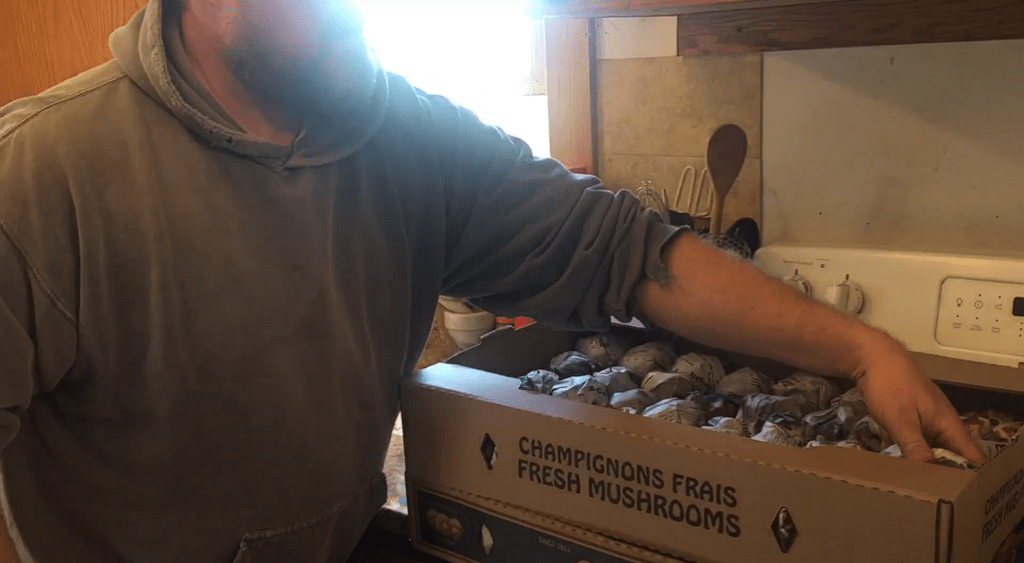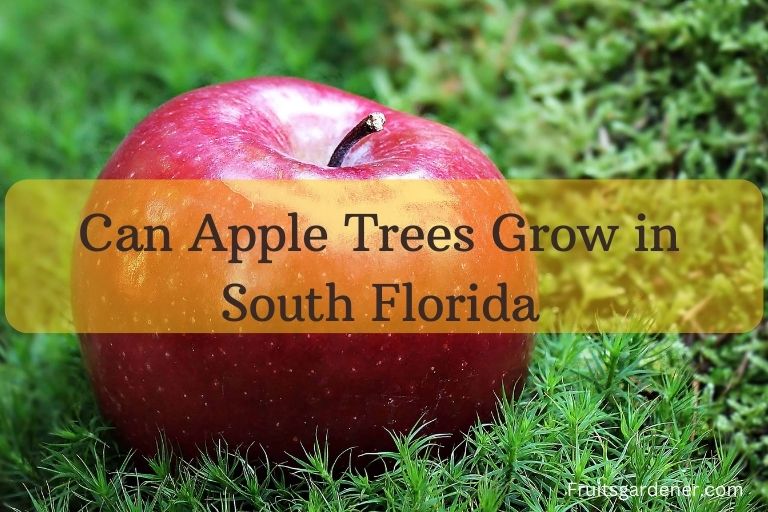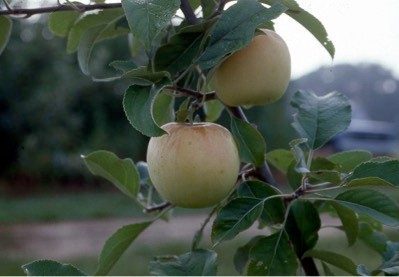This content is for informational purposes only and does not constitute financial, legal, or professional advice. Always consult a certified professional before making financial or investment decisions. As an affiliate, we may earn a commission from qualifying purchases made through links in this post at no extra cost to you.
How can you store apples in a root cellar? Well, storing apples in a root cellar is an age-old method of preserving these delicious fruits for an extended period. Root cellars provide an ideal environment that helps maintain the freshness, flavor, and nutritional value of apples long after they have been harvested.
By harnessing the cool temperature, high humidity, and controlled airflow of a root cellar, you can enjoy a bountiful supply of crisp and juicy apples throughout the year, even when they are out of season.
In this guide, I will explain the steps and considerations involved in storing apples in a root cellar, ensuring that you can savor the taste of freshly picked apples long after the harvest season has passed.
What is Root Cellar Storage And How Does It Provide Benefits
A root cellar is a traditional storage space, typically located underground or partially underground, that is used to store various types of fruits, vegetables, and other perishable food items. It provides a cool, dark, and humid environment, which helps to preserve the stored produce for an extended period.
The purpose of a root cellar is to create optimal conditions for long-term storage by controlling temperature, humidity, and airflow. Here are some key benefits and features of a root cellar:
Temperature regulation:
Root cellars maintain a cool and relatively stable temperature, usually between 32 to 40°F (0 to 4°C). This temperature range helps slow down the natural ripening and decay process, preserving the freshness of the stored items.
Humidity control:
Root cellars provide high humidity levels, typically around 90% to 95%. This moist environment helps prevent dehydration and wilting of produce, keeping it fresh and crisp.
Darkness:
Root cellars are typically dark or have minimal light exposure. This lack of light helps inhibit the growth of certain microorganisms and prevents the development of sprouts in stored items.
Ventilation:
Proper ventilation is essential in a root cellar to maintain fresh air circulation and prevent the buildup of mold, mildew, or ethylene gas, which can accelerate the spoilage process.
Insulation:
Root cellars are often constructed with insulating materials such as earth, stone, or thick walls, which help maintain a more stable temperature and protect against extreme fluctuations in outdoor weather conditions.
Storage organization:
Root cellars typically have shelves, racks, or bins to organize and separate different types of produce. This allows for easy access and helps prevent cross-contamination between stored items.
Commonly stored items in a root cellar include root vegetables like potatoes, carrots, beets, and onions, as well as apples, pears, winter squash, cabbage, and other hardy fruits and vegetables. Some root cellars may also have separate compartments or areas with specific conditions for storing items like canned goods, preserves, or even homemade wine.
By providing an environment that mimics the natural conditions of the earth, a root cellar allows for the long-term storage of perishable food items, helping to ensure a steady supply of fresh produce throughout the year, even in regions with harsh winters or limited access to fresh produce.

Can You Store Apples In A Root Cellar? 9 Steps of Storing Apples in a Root Cellar
Storing apples in a root cellar is a traditional method of preserving these delightful fruits, allowing us to enjoy their crispness and flavor long after the harvest season. Root cellars provide an ideal environment that helps maintain the freshness and quality of apples by controlling temperature, humidity, and airflow. If you’re looking to store apples in a root cellar, here are the essential steps to follow:
Step 1 – Select the Right Apple Varieties:
Start by choosing apple varieties that are known for their storage capabilities. Look for varieties with thicker skins and a reputation for good storage properties, such as Granny Smith, Fuji, or Northern Spy. These varieties are more likely to maintain their flavor and texture during storage.
Step 2 – Harvest at the Right Time:
Timing is crucial when it comes to harvesting apples for storage. Pick the apples when they are fully ripe but still firm. Avoid storing apples that are bruised, damaged, or overripe, as they can spoil quickly and affect the quality of other apples in storage.
Step 3 – Sort and Inspect:
Before storing the apples, sort through them and separate any damaged or spoiled ones. Remove any stems or leaves still attached to the apples. Inspect each apple carefully, checking for any signs of bruising, rot, or disease. Only store apples in good condition to prevent spoilage from spreading.
Step 4 – Prepare the Root Cellar:
Ensure that your root cellar is clean, well-ventilated, and has the right conditions for apple storage. The ideal temperature for storing apples is around 32 to 40°F (0 to 4°C), with humidity levels of 90% to 95%. Check that the root cellar is properly insulated, with no leaks or excessive moisture.
Step 5 – Package the Apples:
While not necessary, individually wrapping each apple in newspaper or tissue paper can provide additional protection against moisture and fungal spread. Alternatively, you can place the apples in trays, crates, or baskets. Make sure not to overcrowd the containers, as this can lead to increased bruising and spoilage.
Step 6 – Arrange the Storage:
Place the packaged or unwrapped apples in the root cellar, ensuring there is adequate space between them for air circulation. Use shelves, racks, or bins to organize the apples, allowing for easy access and preventing cross-contamination.
Step 7 – Monitor and Adjust:
Regularly check the temperature and humidity levels in the root cellar using a thermometer and hygrometer. Make any necessary adjustments to maintain the desired conditions. Ventilate the root cellar if needed or use moisture-absorbing materials like damp sand or trays of water to regulate humidity.
Step 8 – Regularly Inspect the Apples:
Routinely inspect the stored apples for any signs of spoilage, rot, or decay. Remove any apples that show signs of damage promptly to prevent the spread of spoilage to other apples. This will help preserve the overall quality of the stored apples.
Step 9 – Practice Rotation:
Consume the apples in a “first in, first out” manner. Use the apples that are most likely to spoil first and save the longer-storing varieties for later consumption. This rotation helps ensure that no apples go to waste.
By following these steps, you can successfully store apples in a root cellar and enjoy their delightful taste and texture long after the harvest season has passed. With proper care and attention, your stored apples will provide a delicious and refreshing treat throughout the year.

How to Prepare Root Cellar Before Storing Apples
Preparing a root cellar before storing apples involves ensuring that the environment is clean, well-maintained, and equipped with the appropriate conditions for storing the fruit. Here are the steps to prepare a root cellar for storing apples:
Clean the Root Cellar:
Start by thoroughly cleaning the root cellar to remove any dirt, dust, debris, or remnants of previously stored produce. Sweep or vacuum the floor, wipe down the walls and shelves, and disinfect any surfaces if necessary. A clean environment helps prevent the growth of mold or pests.
Check for Damage or Leaks:
Inspect the root cellar for any signs of damage, cracks, or leaks that could compromise the temperature or humidity control. Repair any issues to ensure a well-sealed and insulated space.
Provide Adequate Ventilation:
Proper ventilation is crucial in a root cellar to maintain fresh air circulation and prevent the buildup of gases. Check that the ventilation system is functioning correctly and that air can flow in and out of the cellar without obstruction.
Check Temperature and Humidity:
Measure and monitor the temperature and humidity levels in the root cellar using a thermometer and a hygrometer. Ensure that the temperature remains within the ideal range of 32 to 40°F (0 to 4°C) and that the humidity levels are around 90% to 95%. Adjust the conditions if necessary by using fans, vents, or adding moisture-absorbing materials like damp sand or trays of water.
Remove Any Potential Contaminants:
Remove any items or substances that could release gases or odors harmful to the stored apples. For example, keep chemicals, paints, or cleaning agents away from the root cellar to prevent contamination.
Organize Storage Space:
Prepare the shelves, racks, or containers where the apples will be stored. Clean and sanitize the storage surfaces to avoid any potential cross-contamination.
Check for Pest Control:
Inspect the root cellar for any signs of pests, such as rodents or insects. Take appropriate measures to eliminate or prevent pests, such as sealing entry points, setting traps, or using safe and approved pest control methods.
Test the Conditions:
Before storing a large batch of apples, it’s a good idea to test the root cellar’s conditions by storing a small sample of apples for a few weeks. Monitor their condition and adjust the environment as needed to ensure the desired storage conditions are achieved.
By following these steps, you can ensure that your root cellar is properly prepared to store apples, providing them with the optimal environment for long-term storage and preservation.
Considerations Involved In Storing Apples In A Root Cellar
When storing apples in a root cellar, there are several important considerations to keep in mind. These considerations can help ensure optimal storage conditions and maximize the longevity of your apple harvest. Here are some key factors to consider:
Apple Selection:

Choose apple varieties that are known for their storage capabilities. Look for varieties with thicker skins and good storage properties, such as Granny Smith, Fuji, or Northern Spy. Different apple varieties have different storage lifespans, so it’s essential to select ones that are well-suited for long-term storage.
Harvest Timing:

Pick the apples at the right stage of ripeness. Apples should be fully ripe but still firm when harvested for storage. Avoid storing apples that are bruised, damaged, or overripe, as they are more prone to spoilage.
Sorting and Inspecting:

Before storing, sort through your apples and separate any damaged or spoiled ones. Remove any stems or leaves still attached to the apples. Inspect them thoroughly for any signs of bruising, rot, or disease. Only store apples in good condition to prevent spoilage from spreading to other apples.
Proper Packaging:

While not necessary, individually wrapping each apple in newspaper or tissue paper can provide additional protection and help prevent moisture or fungal spread. Alternatively, you can place apples in trays, crates, or baskets. Avoid overcrowding the storage containers, as it can lead to increased bruising and spoilage.
Temperature and Humidity Control:

Maintain a consistent temperature of 32 to 40°F (0 to 4°C) in the root cellar. Fluctuations in temperature can impact the storage life of apples. Similarly, maintain high humidity levels of around 90% to 95% to prevent dehydration. Use a hygrometer and thermometer to monitor and adjust the conditions as needed.
Air Circulation:

Ensure adequate ventilation in the root cellar to allow for proper airflow. Good air circulation helps prevent the buildup of moisture and discourages the growth of mold or mildew. Regularly check for any signs of condensation or excessive humidity.
Regular Inspection:

Regularly check the stored apples for any signs of spoilage, rot, or decay. Remove any apples that show signs of damage promptly to prevent the spread of spoilage to other apples.
Storage Rotation:

Practice a “first in, first out” system to use the apples in the order they were stored. Consume the apples that are likely to spoil sooner, and leave the longer-storing varieties for later use.
By considering these factors and following the proper storage techniques, you can ensure that your apples remain fresh and delicious throughout their storage period in the root cellar.
If You Love This Article Then Help Fruit Gardener By Purchasing On Amazon By Using This Link.
Click Here For Amazon Home Page
Most Related Topic –
-
How to Store Apples Long Term – 7 Effective Ways To Store Apples
-
How to Store Apples Without Refrigeration – 5 Effective Methods
-
8 Simple Steps of Storing Apples In Cardboard Boxes
-
How Can You Store Apples In A Root Cellar – 9 Easy Steps
-
Do Apples Go Bad In The Fridge – 4 Factors that Affect the Freshness of Apples
-
How to Store Apples in a Barrel – 9 Essential Steps For Long Term Preserving
Everything You Need To Know About Root Cellaring
Frequently Asked Questions
Q: What is a root cellar?
A: A root cellar is a cool, underground storage area typically used for preserving fruits, vegetables, and other perishable foods.
Q: Can apples be stored in a root cellar?
A: Yes, apples can be stored in a root cellar, as the cool and humid environment helps prolong their shelf life.
Q: What temperature should a root cellar be to store apples?
A: The ideal temperature range for storing apples in a root cellar is around 32 to 40°F (0 to 4°C).
Q: How does a root cellar preserve apples?
A: A root cellar preserves apples by providing a cool, consistent temperature and high humidity, which helps slow down the ripening process and prevent decay.
Q: What are the advantages of storing apples in a root cellar?
A: Storing apples in a root cellar offers advantages such as extended shelf life, preservation of flavor and texture, and reduction in waste.
Q: Can any variety of apples be stored in a root cellar?
A: Most apple varieties can be stored in a root cellar, but some varieties, like those with thinner skins or softer textures, may have a shorter shelf life.
Q: How should apples be prepared before storing them in a root cellar?
A: Before storing, sort through the apples and remove any damaged or bruised ones. It’s best to store only high-quality, unblemished apples.
Q: Should apples be washed before storing them in a root cellar?
A: It is generally recommended to avoid washing apples before storage as moisture can promote rot. However, you can gently wipe off any visible dirt or debris.
Q: How should apples be arranged in a root cellar?
A: Arrange apples in single layers, making sure they do not touch each other. Leave some space between the apples for air circulation.
Q: Can apples be stored in bins or crates in a root cellar?
A: Yes, you can store apples in bins or crates in a root cellar. Ensure the containers have good ventilation to prevent moisture buildup.
My Opinion –
Storing apples in a root cellar is a time-tested method that allows you to enjoy the flavors of fresh apples throughout the year. In the above article, you have already got to know about how can you store apples in a root cellar. By creating the optimal conditions of temperature, humidity, and airflow, a root cellar provides a natural and effective storage solution.
The cool and moist environment of a root cellar helps slow down the natural ripening process, preserving the apples’ texture, flavor, and nutritional value. By following the steps outlined in this guide, such as selecting the right varieties, inspecting and sorting the apples, and maintaining the ideal conditions in the root cellar, you can extend the shelf life of your apples and enjoy their crispness and sweetness for an extended period.
So, embrace the tradition of root cellar storage and relish the taste of homegrown apples all year round.


